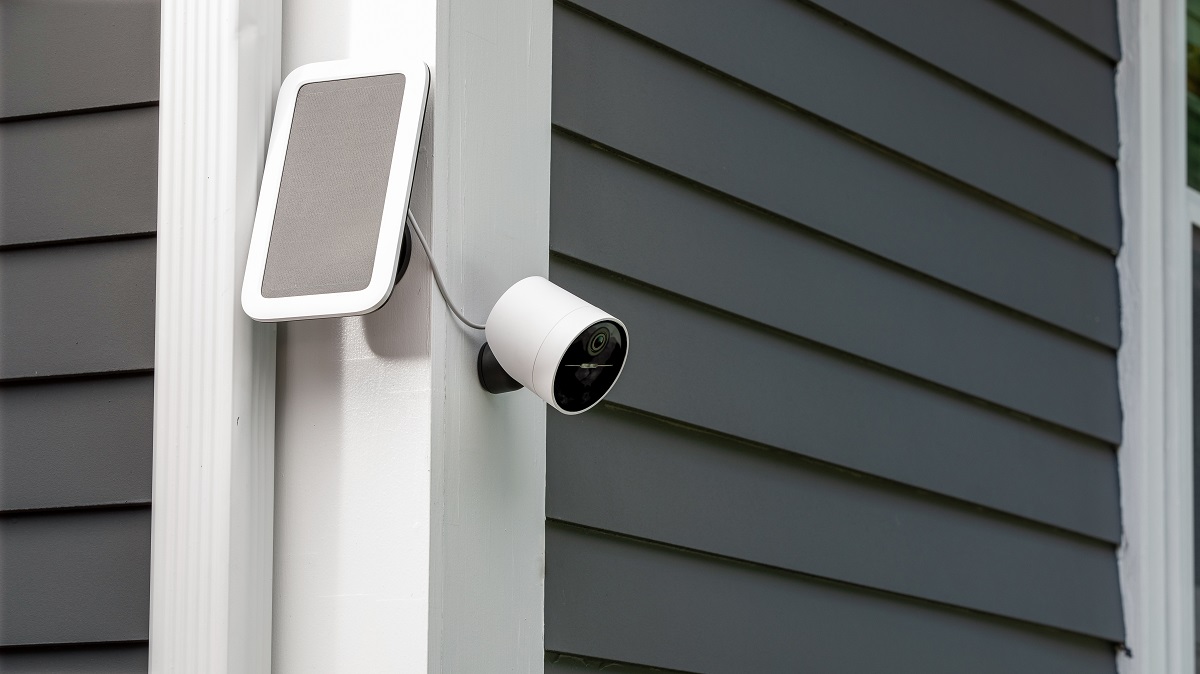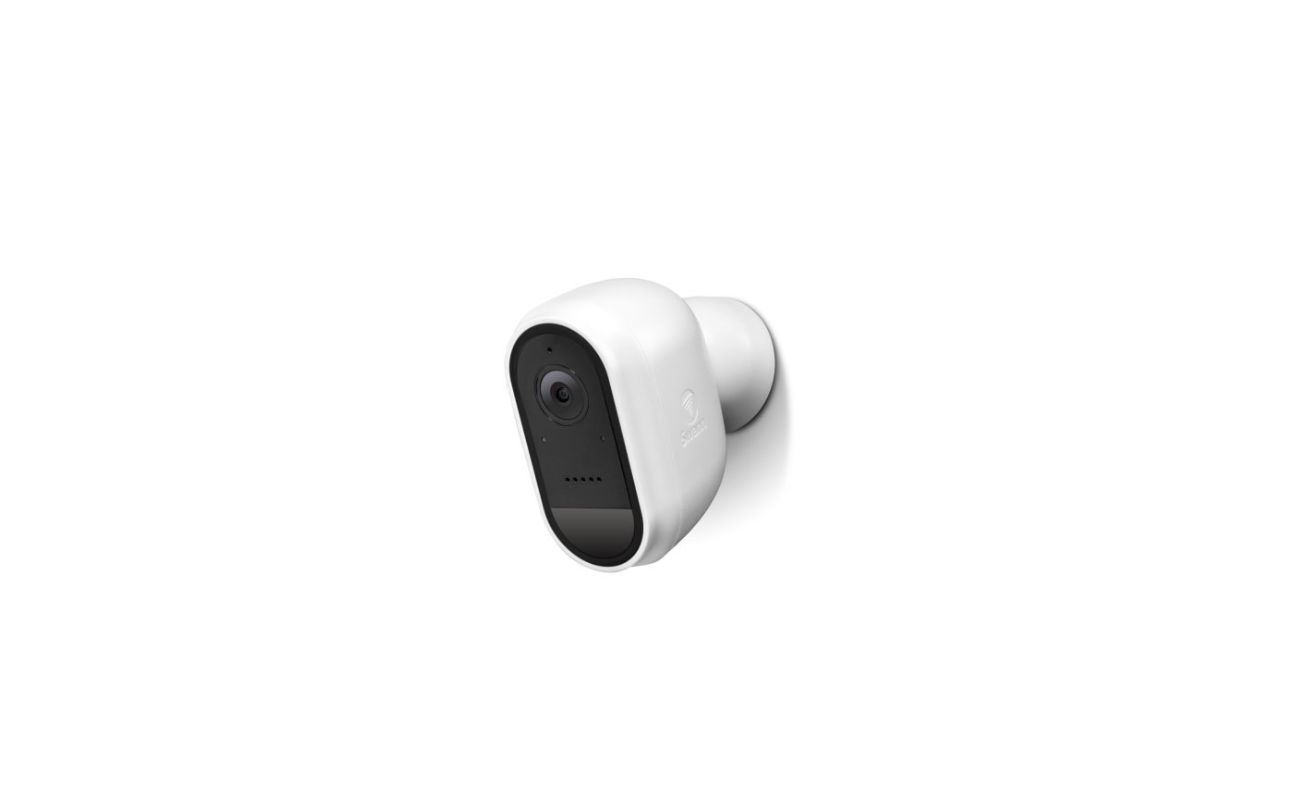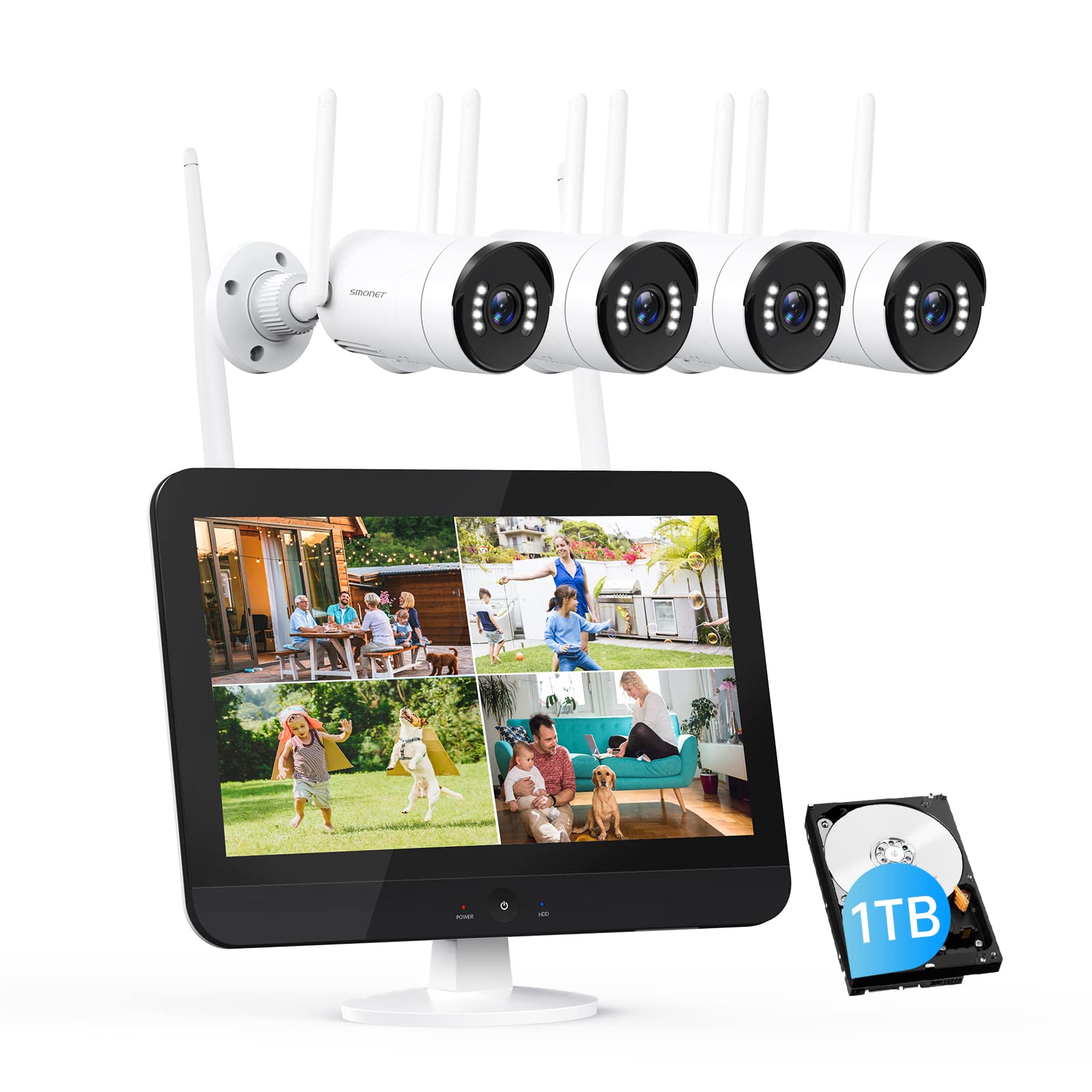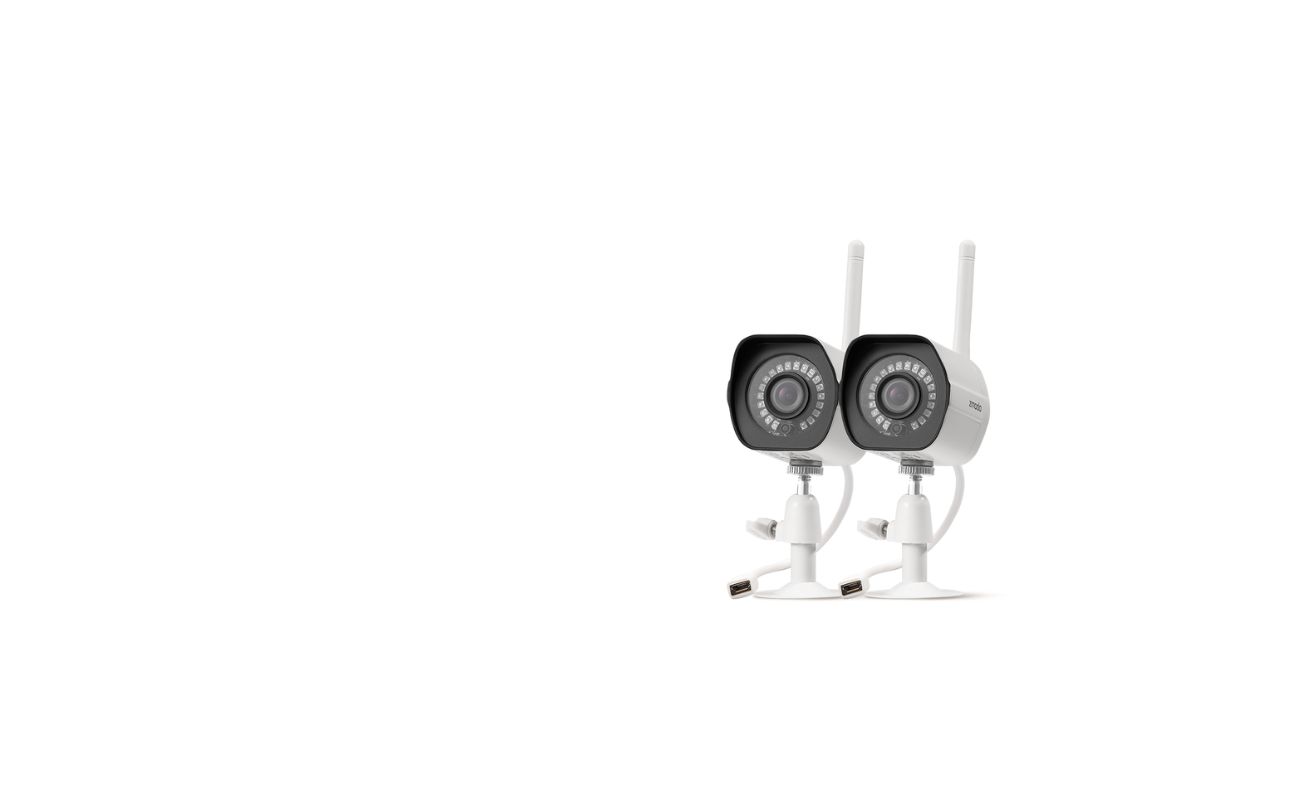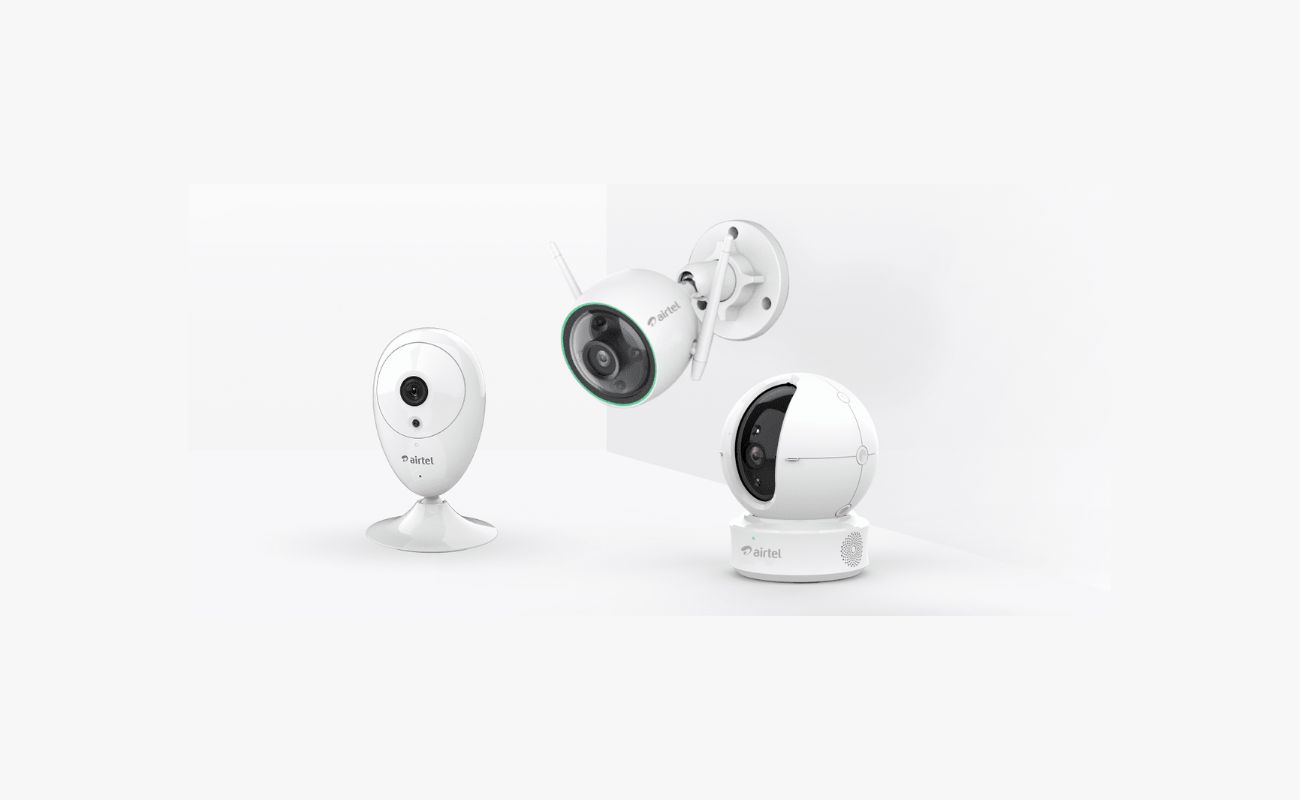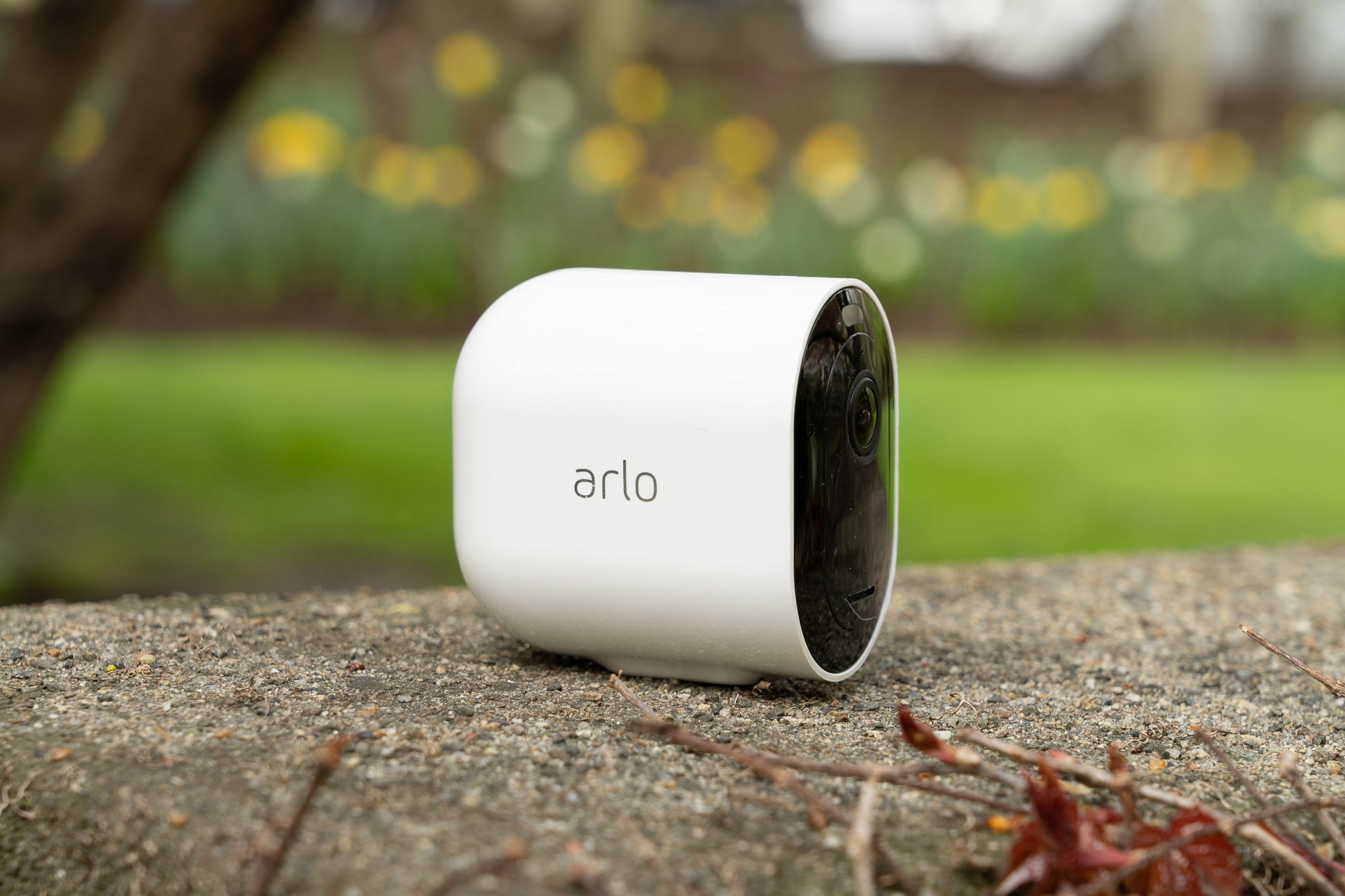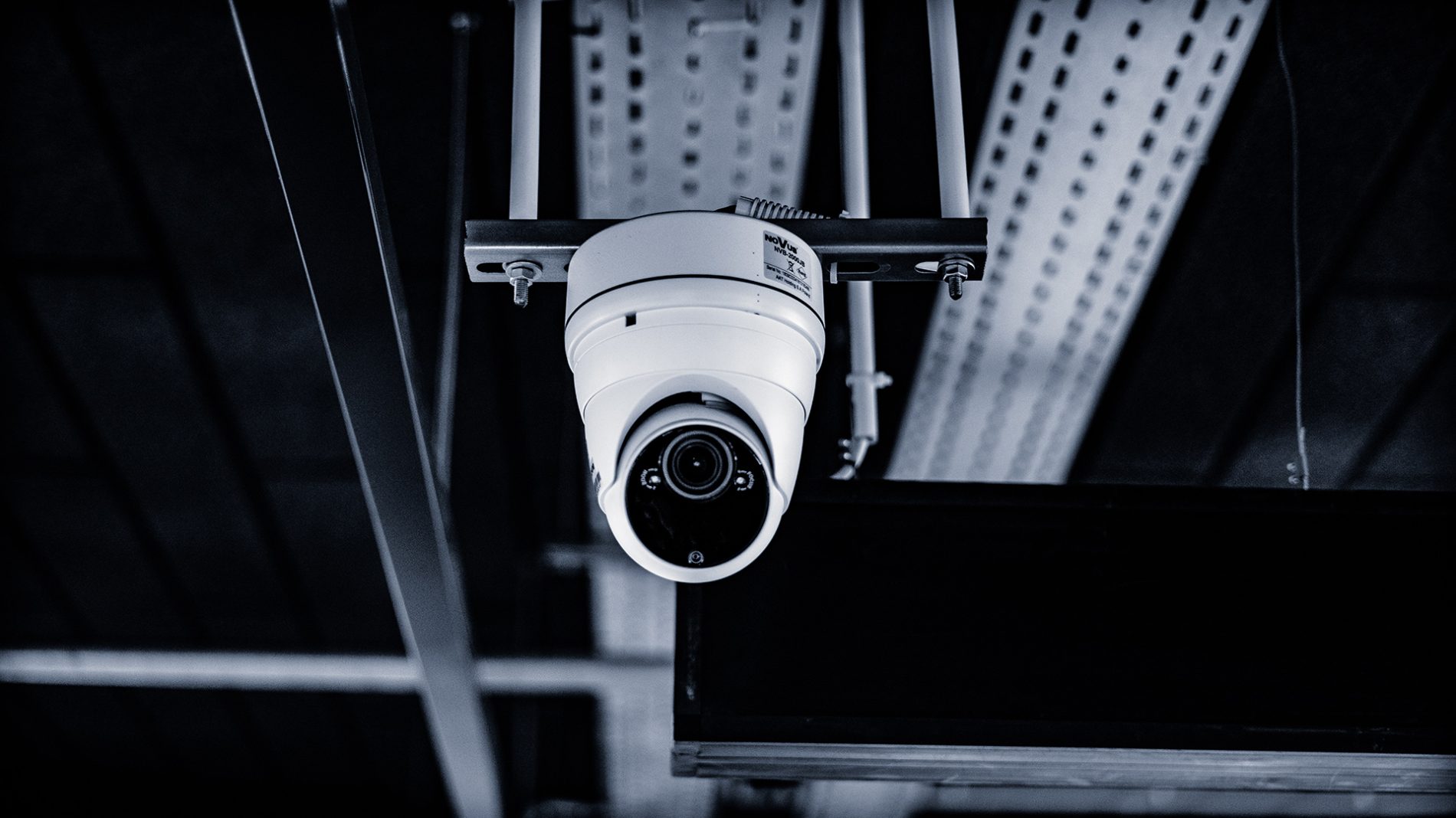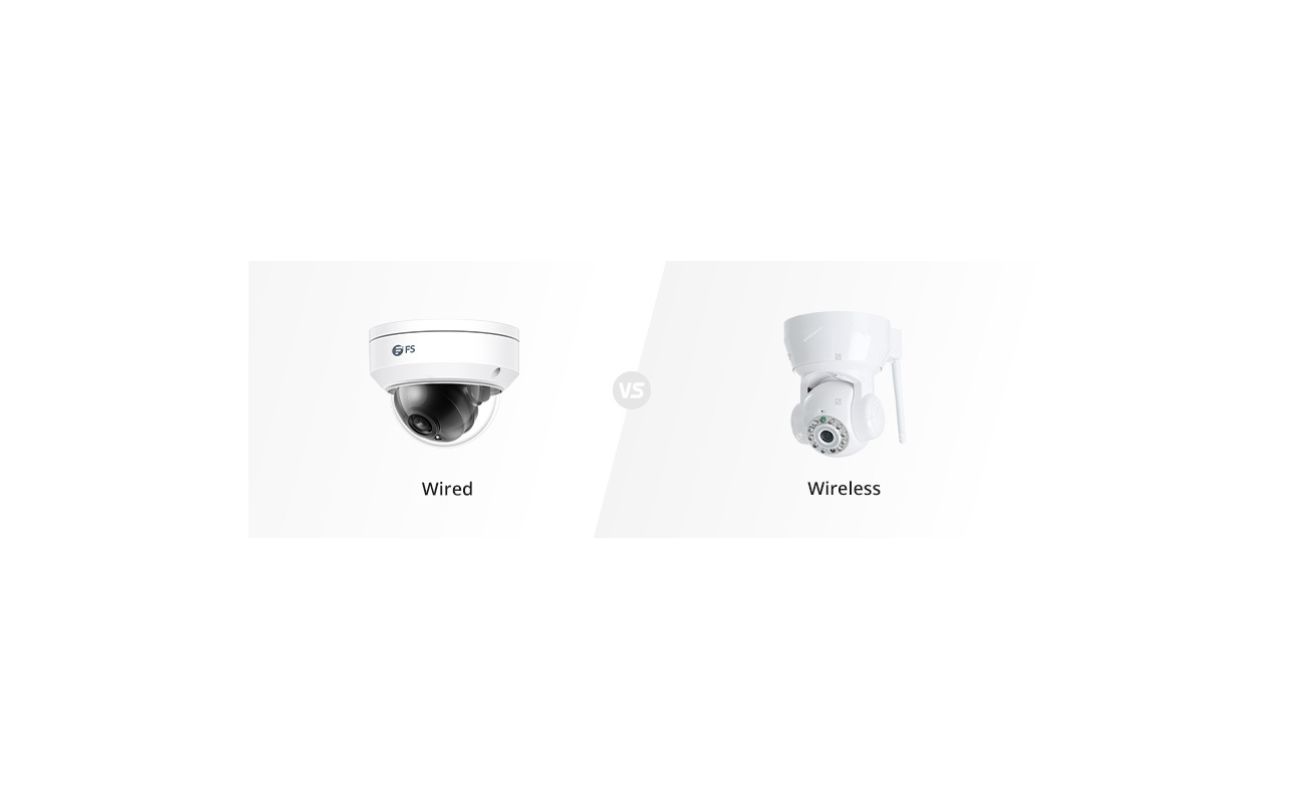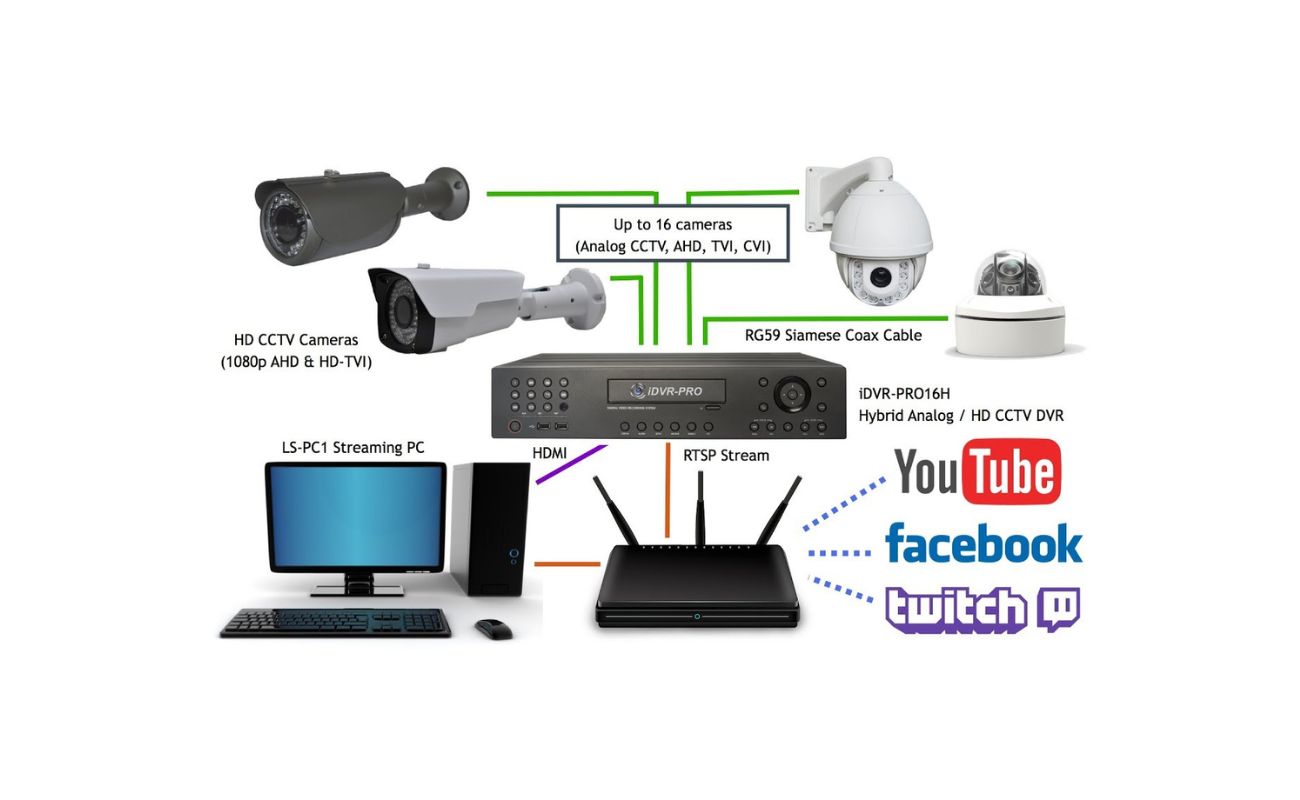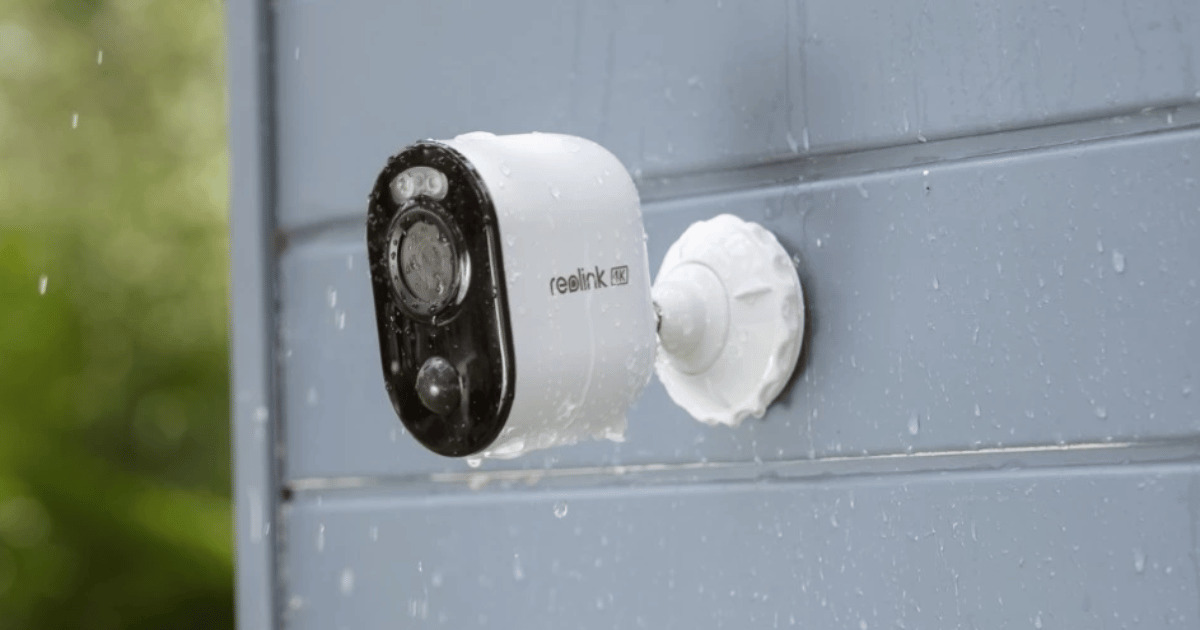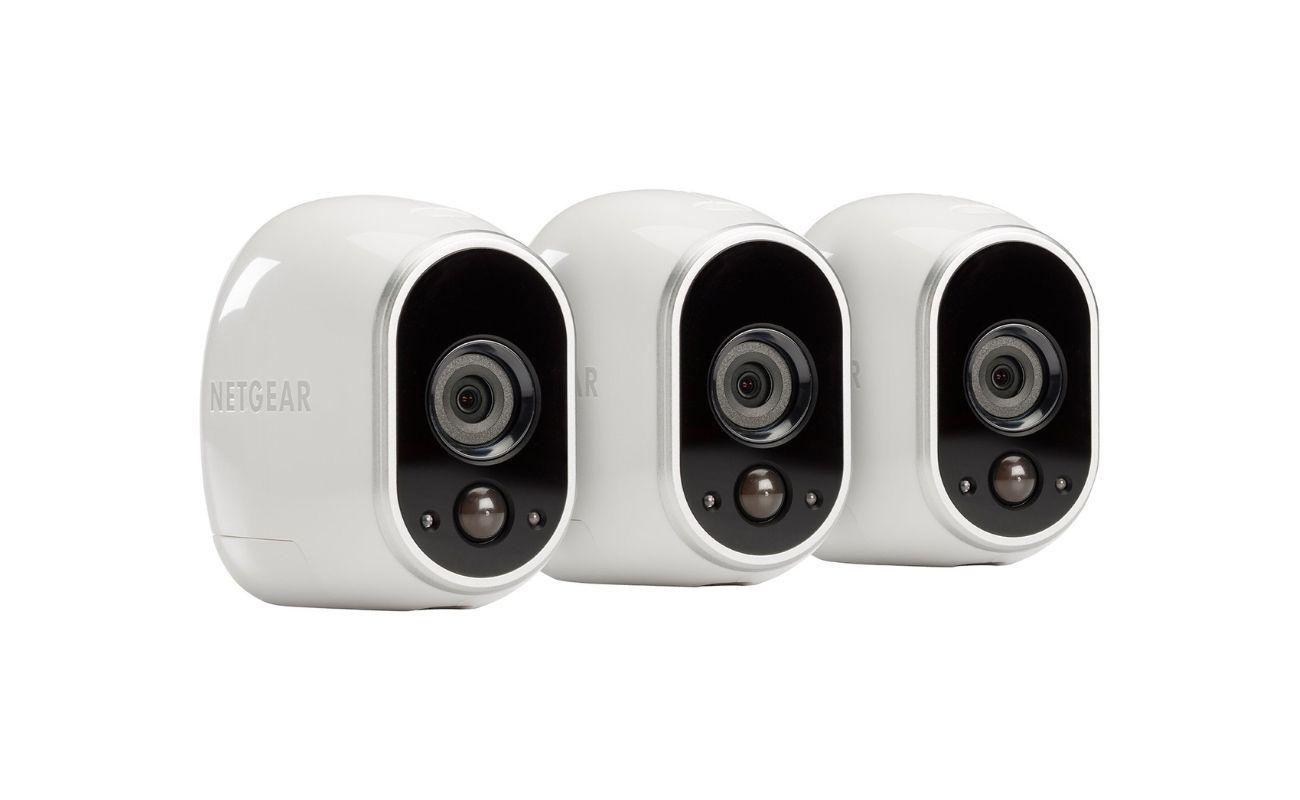Home>Home Security and Surveillance>How To Install An HDD On Safevant Wireless Security Camera
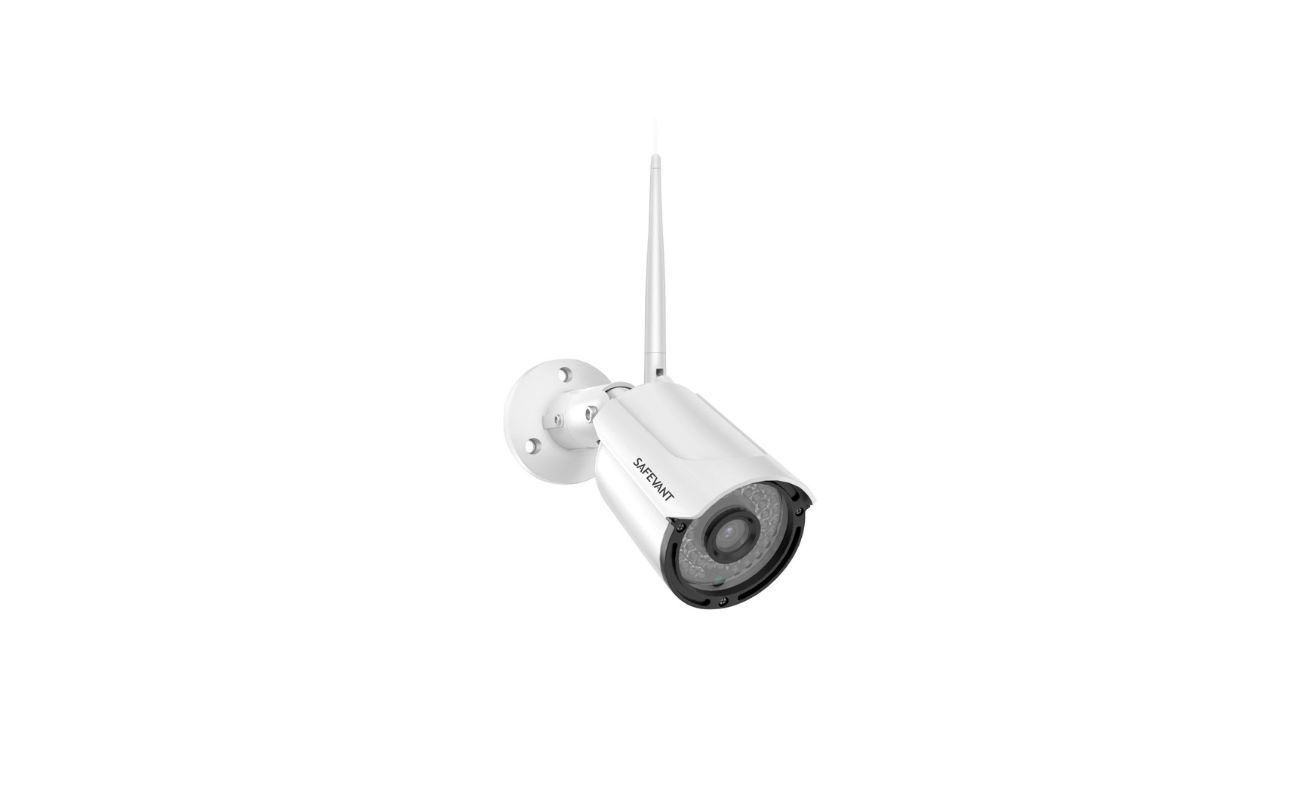

Home Security and Surveillance
How To Install An HDD On Safevant Wireless Security Camera
Modified: March 6, 2024
Learn how to easily install an HDD on your Safevant wireless security camera for reliable home security and surveillance. Protect your property with this step-by-step guide.
(Many of the links in this article redirect to a specific reviewed product. Your purchase of these products through affiliate links helps to generate commission for Storables.com, at no extra cost. Learn more)
Introduction
Welcome to the world of home security and surveillance! In today’s fast-paced and ever-changing society, it’s essential to prioritize the safety and well-being of our loved ones and our property. One effective way to achieve this is by installing a wireless security camera system.
However, simply having a security camera is not enough. To maximize the functionality and utility of your system, it’s crucial to consider adding a hard disk drive (HDD) to store and manage the recorded footage. In this article, we will guide you through the process of installing an HDD on your Safevant wireless security camera.
By having an HDD in your security camera, you can benefit from several advantages. Firstly, it allows for continuous recording of video footage, ensuring that no important moments are missed. Additionally, an HDD provides ample storage space, helping you store a large volume of recorded footage without worrying about running out of space.
Moreover, having an HDD ensures that the camera’s functionality is not hampered by limited memory capacity. You can easily access and review past video recordings whenever necessary. Furthermore, an HDD allows for advanced features like motion detection and intelligent search, which can enhance your overall security experience.
Before diving into the installation process, it’s important to ensure that your Safevant wireless security camera is compatible with an HDD. This will prevent any compatibility issues or potential damage to your camera. Let’s find out how to run a compatibility check before proceeding with the installation.
Key Takeaways:
- Enhance Your Security
Installing an HDD on your Safevant wireless security camera ensures continuous recording, ample storage, and advanced features like motion detection, providing enhanced surveillance capabilities for your home. - Peace of Mind
With an HDD in your security camera, you can have peace of mind knowing that your home and loved ones are protected. Enjoy the convenience and assurance of an efficient and reliable surveillance system.
Compatibility Check
Before proceeding with the installation of an HDD on your Safevant wireless security camera, it’s important to check if your camera is compatible with this feature. Taking the time to perform a compatibility check will save you from potential frustration and ensure a smooth installation process.
Start by referring to the user manual or product specifications provided by Safevant. Look for any specific information regarding external storage compatibility. This will indicate whether your camera model supports an HDD or any other storage device.
If the user manual or specifications do not provide clear information, you can reach out to Safevant’s customer support team for further assistance. They will be able to confirm if your camera model supports an HDD or provide alternative storage options.
In addition to checking the manufacturer’s documentation, you can also research online forums or communities dedicated to Safevant cameras. These platforms often have discussions, user experiences, and FAQs that can shed light on the compatibility of different camera models with an HDD.
It’s important to note that not all wireless security cameras are designed to accommodate external storage devices like HDDs. Some cameras may only support internal storage or cloud storage options. Therefore, it’s crucial to confirm the compatibility before proceeding to avoid any disappointment.
Once you have confirmed the compatibility of your Safevant wireless security camera with an HDD, it’s time to gather the necessary materials for the installation. Let’s take a look at the materials you’ll need in the next section.
Required Materials
Before you begin the installation process, it’s important to gather all the necessary materials. Having everything prepared in advance will make the installation smoother and more efficient.
Here’s a list of the materials you’ll need:
- A Safevant wireless security camera that is compatible with an HDD
- An HDD compatible with your camera’s specifications
- A small screwdriver or tool kit
- A power source for the camera (if not already connected)
Ensure that you have the correct model of the Safevant wireless security camera and the appropriate HDD that meets the camera’s specifications and requirements. Using the wrong HDD may lead to compatibility issues or a malfunctioning camera.
Additionally, having a small screwdriver or tool kit will be helpful for removing and securing screws during the installation process. Make sure the screwdriver or tools are suitable for the size and type of screws used in your camera.
If your security camera is not yet connected to a power source, ensure that you have the necessary power supply. This may include an adapter or power cable specific to your camera model.
By gathering all the required materials beforehand, you’ll be well-prepared to begin the installation process smoothly. Now that you have everything you need, let’s move on to the first step: powering off the security camera.
Step 1: Power Off the Security Camera
Before you start working on your Safevant wireless security camera, it’s crucial to ensure your safety and prevent any accidental damage. To do this, begin by powering off the camera.
Locate the power source for your camera, which is typically a power adapter or cable connected to an electrical outlet. Follow the cable from the camera to its power source and unplug it. This will disconnect the camera from the power supply and ensure that no electrical current is running through it.
Turning off the power not only prevents any potential electrical accidents but also allows you to work on the camera without interference. It’s always recommended to handle electronic devices, especially those connected to power, with caution.
Once the camera is disconnected from the power source, verify that it is completely powered off. Look for any indicator lights on the camera that may indicate if it’s still receiving power. If any lights are still on, take the necessary steps to turn off the camera completely before proceeding to the next step.
By powering off the security camera, you are ensuring your safety and providing a controlled environment for the installation process. Now that the camera is safely turned off, it’s time to move on to the next step: opening the camera housing.
Step 2: Open the Camera Housing
With the Safevant wireless security camera powered off, it’s time to open the camera housing to gain access to the internal components. Opening the camera housing allows you to locate the HDD slot and proceed with the installation.
Start by examining the camera housing for any screws or fasteners that are holding it together. Most camera housings have screws located on the back or bottom panels. Use a small screwdriver or the appropriate tool to remove these screws.
Once the screws are removed, gently separate the camera housing using your hands. Be cautious and avoid using excessive force to prevent any damage to the camera or its components.
While opening the housing, be mindful of any cables or connectors that may be attached to the camera and its housing. Ensure that these cables are not strained or disconnected during the process. If necessary, carefully disconnect any cables to fully open the housing.
As you open the camera housing, you will have a clear view of the internal components. Take a moment to familiarize yourself with the layout and structure of the camera. Look for any pre-existing storage devices or slots, such as an internal memory slot or an existing HDD housing.
Now that the camera housing is open, you’re one step closer to installing the HDD. In the next step, we will guide you on how to locate the HDD slot within the camera.
Step 3: Locate the HDD Slot
After opening the camera housing, the next step in installing an HDD on your Safevant wireless security camera is to locate the HDD slot. The location of the HDD slot may vary depending on the specific camera model, so it’s essential to carefully examine the internal components.
Start by visually inspecting the camera’s circuit board and other internal components. Look for any vacant slots or connectors where an HDD can be connected. These slots are typically labeled or marked to indicate their purpose.
If you’re unsure about the location of the HDD slot, refer to the user manual or documentation provided by Safevant. The manual should have clear instructions, diagrams, or images indicating the placement of the HDD slot within the camera.
In some cases, the HDD slot might be integrated with the camera’s motherboard or located near the storage module. Look for any connectors or ports that resemble the ones typically used for connecting an HDD.
As you search for the HDD slot, be cautious not to disconnect or damage any other components or cables. Take your time to carefully inspect the camera’s internals until you have identified the specific location of the HDD slot.
Once you have located the HDD slot, take note of its position for the next steps of the installation process. This will ensure that you can smoothly connect the HDD and secure it in place without any issues.
With the HDD slot identified, you’re now ready to move on to the next step: preparing the HDD for installation.
When installing an HDD on a Safevant Wireless Security Camera, make sure to power off the camera before opening it. Then, carefully connect the HDD to the designated port inside the camera and secure it in place before closing the camera back up.
Step 4: Prepare the HDD
Now that you have located the HDD slot in your Safevant wireless security camera, it’s time to prepare the HDD for installation. Properly preparing the HDD ensures that it is ready to be connected and integrated into the camera’s system.
Start by inspecting the HDD to ensure that it is compatible with your camera’s specifications. Check the capacity, interface type, and any other requirements specified by the manufacturer. It’s important to have an HDD that meets the camera’s requirements to ensure optimal performance and compatibility.
If the HDD is new, you may need to format it to the appropriate file system. Check the user manual or documentation provided by Safevant to determine the recommended file system and formatting process for the HDD. Formatting the HDD ensures that it is ready to store and manage the recorded footage efficiently.
Before connecting the HDD to the camera, handle it with care to avoid any physical damage. Avoid dropping or mishandling the HDD, as this can result in data loss or malfunction.
If necessary, use an antistatic wrist strap or gloves to protect the HDD from electrostatic discharge while handling. This helps prevent any potential damage caused by static electricity, which can be harmful to electronic components.
Ensure that your hands are clean and free from any debris, oil, or moisture during the preparation process. This prevents any contamination that could affect the performance and longevity of the HDD.
By taking the time to properly prepare the HDD, you are ensuring that it is in optimal condition for installation. Once the HDD is formatted and ready, you can proceed to the next step: connecting the HDD to the camera.
Step 5: Connect the HDD to the Camera
With the HDD prepared, it’s time to connect it to your Safevant wireless security camera. This step is crucial as it establishes the connection between the HDD and the camera, allowing for the storage and management of recorded footage.
Start by locating the HDD slot within the camera, which you identified in the earlier step. Ensure that you have a clear view and access to the slot before proceeding.
Take the HDD and carefully align its connectors with the corresponding connectors in the HDD slot. Make sure the connectors are properly aligned before gently inserting the HDD into the slot. Apply even pressure from both sides until the HDD is fully connected and securely seated in the slot.
Depending on your camera model, you may need to use screws or fasteners to secure the HDD in place. Check the user manual or documentation provided by Safevant for specific instructions on securing the HDD. Use the appropriate screws and tools to fasten the HDD to ensure it remains stable within the camera.
With the HDD connected and secured, double-check that the connections are tight and secure. This ensures a reliable connection and minimizes the risk of the HDD becoming dislodged during operation.
Before closing the camera housing, take a moment to inspect the area around the HDD and make sure no cables or components are pressing against it. Ensure that the HDD has enough space for proper ventilation and airflow to prevent overheating.
Now that the HDD is successfully connected to your Safevant wireless security camera, you’re one step closer to enhancing your surveillance capabilities. In the following step, we will guide you on how to secure the HDD within the camera housing.
Step 6: Secure the HDD
After connecting the HDD to your Safevant wireless security camera, it’s important to secure it within the camera housing. Properly securing the HDD prevents any movement or displacement during operation, ensuring the stability and reliability of the storage system.
If your camera model includes specific brackets or mounting mechanisms for securing the HDD, refer to the user manual or documentation provided by Safevant for instructions. Follow the recommended steps to attach the brackets or mounts to the camera housing and properly position the HDD.
Ensure that the HDD is aligned and positioned correctly within the housing. Take note of any screw holes or mounting points on the HDD and align them with the corresponding holes or mounts in the camera housing.
Using the appropriate screws or fasteners, secure the HDD in place by attaching it to the designated brackets or mounts. Apply moderate pressure while tightening the screws to ensure the HDD remains firmly in place without applying excessive force that could damage the components.
As you secure the HDD, periodically check for any signs of misalignment or instability. Adjust the position or tighten the screws as necessary to ensure the HDD is securely fastened and does not move within the housing.
In addition to securing the HDD within the camera housing, it’s important to ensure that any cables or connectors associated with the HDD are properly organized and tucked away. This helps prevent accidental disconnections or damage to the cables during the operation of the camera.
Double-check that all connections are secure, and there are no loose cables that could obstruct the proper functioning of the HDD. Neatly arrange the cables and make sure they are not pressing against any other components to prevent any interference.
By securely mounting and organizing the HDD within the camera housing, you are ensuring the stability and longevity of the storage system. Once the HDD is securely in place, you’re ready to move on to the next step: closing the camera housing.
Step 7: Close the Camera Housing
With the HDD securely installed and organized within the camera housing, it’s time to close the housing to protect the internal components. Closing the camera housing not only ensures the physical integrity of the camera but also helps maintain the optimal performance and functionality of the security system.
To begin, carefully align the top and bottom halves of the camera housing, making sure they fit together snugly. Take your time to ensure that the housing panels are aligned properly to avoid any gaps or misalignment.
If there were any screws or fasteners that were removed during the opening of the camera housing, now is the time to reinsert and tighten them. Use the same screwdriver or tool kit that you used earlier to securely fasten the screws without applying excessive force.
Check the camera housing for any latches, clips, or locking mechanisms that need to be engaged to secure the housing. Follow the manufacturer’s instructions or guidelines to properly close and secure the housing.
As you close the camera housing, pay attention to any cables or connectors that may be attached. Ensure that the cables are properly routed and do not get pinched or strained in the process. Carefully guide the cables and connectors to prevent any damage or disconnections.
Once the camera housing is completely closed and secured, visually inspect the camera for any signs of misalignment or loose parts. Ensure that the housing is tightly sealed to protect the internal components from external elements such as dust, moisture, or debris.
With the camera housing securely closed, you have successfully completed the installation process. Now it’s time to move on to the final step: powering on the security camera.
Note: If you encounter any difficulties during the closing of the camera housing, refer to the user manual or documentation provided by Safevant for specific instructions and troubleshooting guidance.
Step 8: Power On the Security Camera
After successfully installing the HDD and closing the camera housing, it’s time to power on your Safevant wireless security camera. Powering on the camera will allow you to verify the installation, test the functionality, and ensure that the HDD is properly recognized.
To power on the camera, reconnect it to the power source using the appropriate power adapter or cable. Ensure that the power connection is secure and that the camera is receiving a stable power supply.
Once the camera is connected to power, look for any indicator lights or LEDs on the camera. These lights typically indicate that the camera is receiving power and functioning correctly. Pay attention to any specific LED patterns or colors that may indicate the status of the HDD or other components.
Give the camera a few moments to initialize and start up. During this time, it may go through a startup sequence or self-diagnostic process. Be patient and wait for the camera system to fully boot up.
With the camera powered on, use the camera’s interface or mobile app to access the settings or configuration options. Navigate to the storage settings or HDD management section to ensure that the HDD is properly recognized and available for use.
Verify that the HDD is displayed in the storage settings and that its status is indicated as “connected” or “ready.” If the HDD is not recognized, double-check the connections and ensure that it is securely installed in the camera housing.
As a final step, consider performing a test recording to check the functionality of the camera and the HDD. Trigger a motion detection event or manually start a recording to verify that the footage is being saved to the HDD and can be accessed later.
By successfully powering on the security camera, you have completed the installation process. Congratulations! Your Safevant wireless security camera is now equipped with an HDD, providing you with ample storage and enhanced surveillance capabilities.
Remember to regularly check the camera’s settings and review the recorded footage to ensure that everything is functioning as expected. In case of any issues or concerns, refer to the user manual or contact Safevant’s customer support for assistance.
Enjoy the peace of mind that comes with having a reliable home security and surveillance system!
Conclusion
Installing an HDD on your Safevant wireless security camera is a valuable enhancement that allows for continuous recording, ample storage space, and advanced features. With the proper installation, you can maximize the functionality and effectiveness of your home security and surveillance system.
Throughout this installation guide, we have covered the necessary steps to ensure a successful HDD installation. From performing a compatibility check to securing the HDD within the camera housing, each step plays a crucial role in the process.
By following these steps and referring to the user manual or documentation provided by Safevant, you can confidently install the HDD and enjoy the benefits it offers. Additionally, don’t hesitate to reach out to Safevant’s customer support for any specific guidance or troubleshooting.
Having an HDD in your security camera provides continuous and reliable recording, ensuring that no important moments go unseen. The ample storage space allows you to archive and access past recorded footage whenever needed.
Furthermore, features such as motion detection and intelligent search enable you to optimize your surveillance system. You can easily locate specific events or incidents, making it easier to review and extract relevant footage.
Remember to regularly check the camera’s settings and review the recorded footage to ensure everything is functioning correctly. Maintaining the system and keeping an eye on any updates or upgrades provided by Safevant will ensure you have the latest features and security enhancements.
With your Safevant wireless security camera equipped with an HDD, you can have peace of mind knowing that your home and loved ones are protected. Enjoy the added convenience and assurance that comes with an efficient and reliable surveillance system.
Home security and surveillance are vital aspects of creating a safe environment. By investing in technologies like wireless security cameras and HDD storage, you are taking proactive measures to protect your property and deter potential threats.
Take control of your home security today by installing an HDD on your Safevant wireless security camera. Stay vigilant, stay protected, and gain the peace of mind you and your loved ones deserve.
Frequently Asked Questions about How To Install An HDD On Safevant Wireless Security Camera
Was this page helpful?
At Storables.com, we guarantee accurate and reliable information. Our content, validated by Expert Board Contributors, is crafted following stringent Editorial Policies. We're committed to providing you with well-researched, expert-backed insights for all your informational needs.
